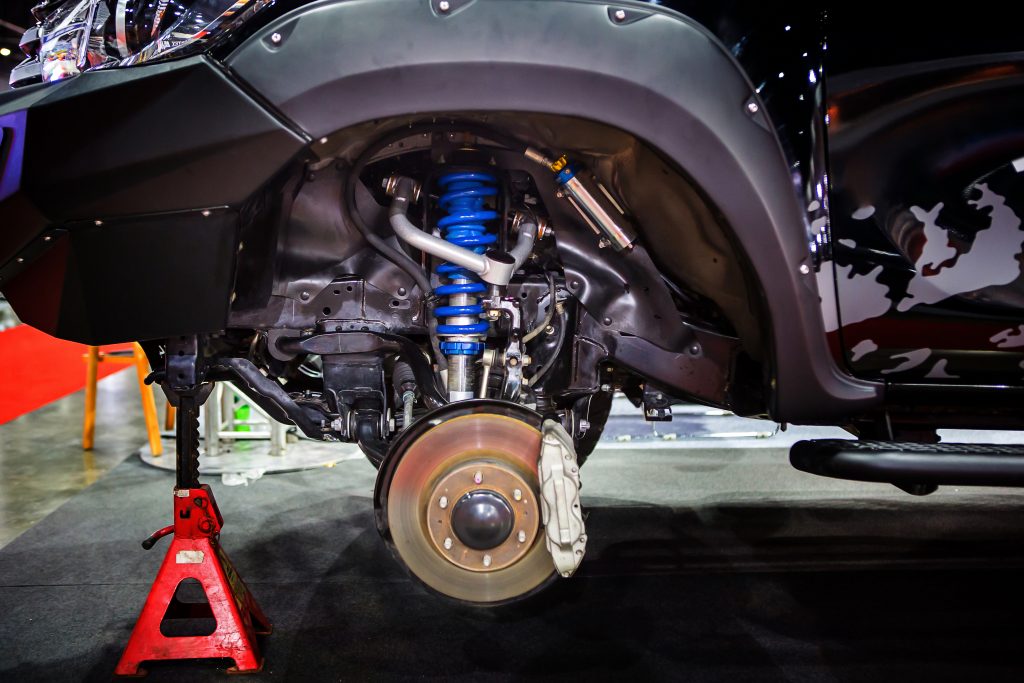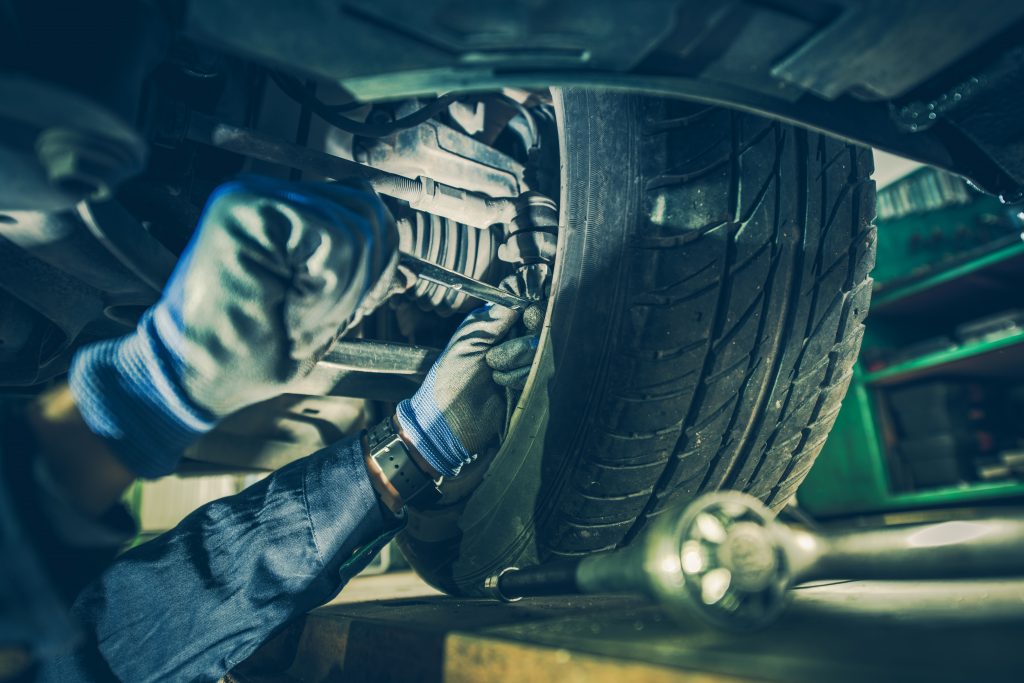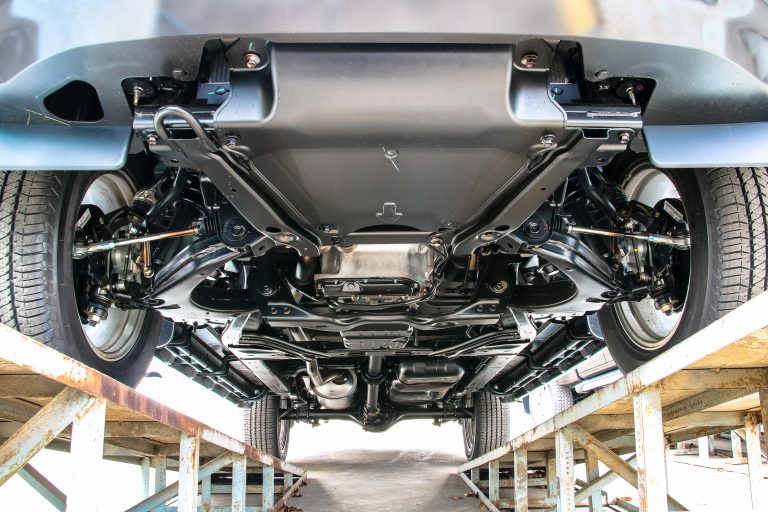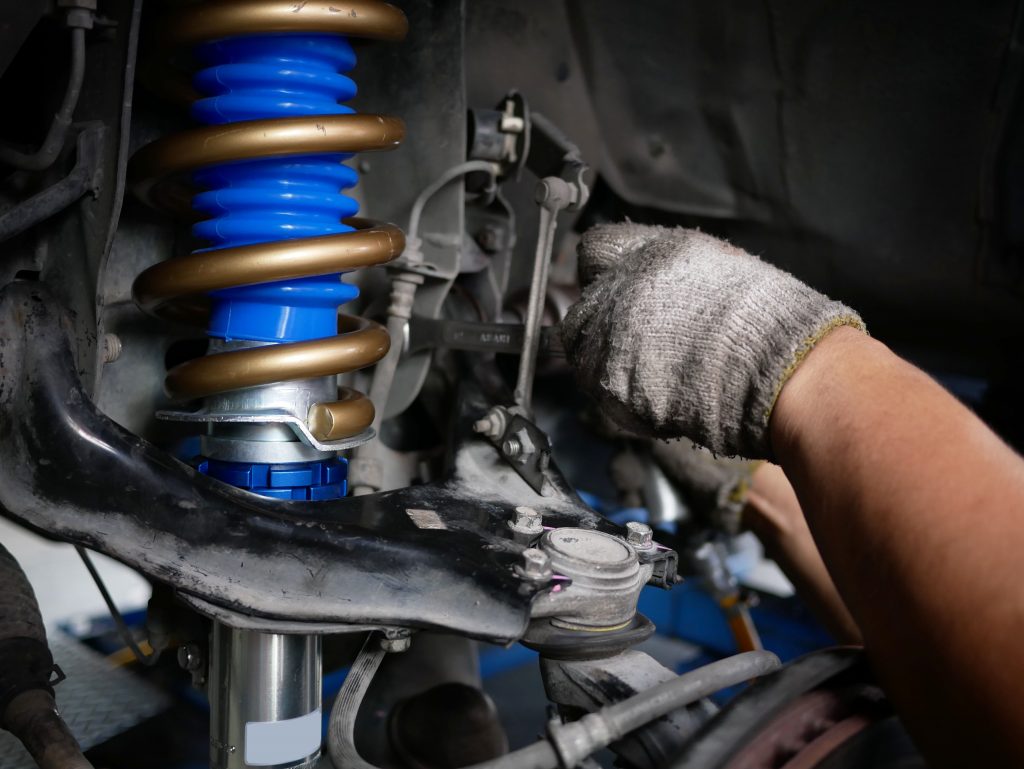A squeaky suspension is quite annoying for the occupants of a vehicle as it keeps reminding them that something may be going wrong with the vehicle. Apart from the noise of your revving engine, the other vehicle noise is either an annoyance or the sign of an issue. If you own an older vehicle, a squeaky suspension is normally common, but for recent vehicles, the symptoms may be that of a deeper problem.
Nature of the squeak
Squeaks are common signs of metal frictions, especially in places where metals are coming into contact with each other or rubber parts. It is an indication that things are rubbing with each other and you should beware of forthcoming mechanical problems. Besides the irritating noise, it is indicating you that there could be a severe issue with a broken suspension system in your vehicle, which can make cornering difficult and alter your breaking speed to longer seconds which can be dreadful in emergency situations. Further, a faulty suspension can make the steering geometry inaccurate, which can increase tire tread wear.
Let’s dress the technical picture

The wheels are supported by coil springs, leaf springs or torsion bars. There is a shock absorber by each wheel and generally a sway bar or anti-roll bar both in the front and rear. Furthermore, there are control arms, struts, steering linkages and/or track bars linking the wheels to the vehicle. Each of these parts has a joint on each end and any of them could be the culprit.
There are three kinds of joint usually found in your suspension settings.

Bushings
Bushings are utilized if the joint solely needs to change direction such as up and down or side to side. Bushings are the most popular joints in your suspension system to generally cause a squeaky suspension. Bushings are in essence rubber sleeves that go between the frame of your car and the suspension section which let the suspension component to rotate. Bushings tend to squeak if the rubber becomes torn and has dried out or if the suspension component begins to rotate inside the metal sleeve inside the bushing because of incorrect torque or a broken bushing. What you can do? Try spraying a lubricant on the bushing to see if the noise goes away. If it does not, consider installing new bushings.
Ball Joints
Ball joints are used to rotate the wheels or move up and down. For instance, the joint of the lower control arm connecting the steering knuckle should move up and down whilst the spring compresses and turns the steering wheel. Consider ball joints as your shoulder where a stainless steel ball fits in a Teflon cup to provide an extent of moving energy and flexibility. Ball joints normally have grease in between the ball and cup and a rubber boot bearing the grease. If the rubber boot is ripping, these joints can start to squeak. A ball joint with a torn rubber boot should be replaced and your mechanic can find further issues after a thorough inspection.
Rubber Mounts
The other type of joint used is a simple rubber mount. This type of joint is used when a small amount of motion is needed and it is quite similar to engine or transmission mounts. These types of mounts are used on the rear side of the lower control arms. If there is a squeak from a mount style joint, you can check for tears or try spraying it with penetrating oil to see if the noise temporarily stops. If not, you will need a mechanic.
In some cars, these mounts or joints are integral to the suspension setting. Therefore, you will need to replace the entire control arm or shock absorber in order to be able to replace a single joint or bushing. When shock absorbers are replaced, it’s always good practice to replace them in pairs (both front or both rear) to ensure stable handling of your car.
The exhaust could be hitting the frame or suspension components
To check that, you could have somebody drive behind you and watch your exhaust tips as you go over a speed bump to see if the pipes are hitting anything. It could also be your suspension hitting the bump stops especially for cars that have been lowered. There would be rubber bumps above the knuckle or control arm to prevent the suspension from compressing more than needed. In cars with low springs, the suspension may be hitting the bump stop too often.
In all the above cases, it would be best to jack up the car to allow the suspension to decompress, then search for worn spots on the frame, control arms, shocks, and wheel wells. This blog has explained the reasons why your car may be having a squeaky suspension. You can write down your comments below to share your experience with us. In any case, if you need help, Jobson Electronics have everything your car needs!


